V&A unveils plans for new Europe 1600 – 1800 galleries
The V&A has unveiled plans for its redesigned Europe 1600-1800 galleries, created by architects ZMMA.
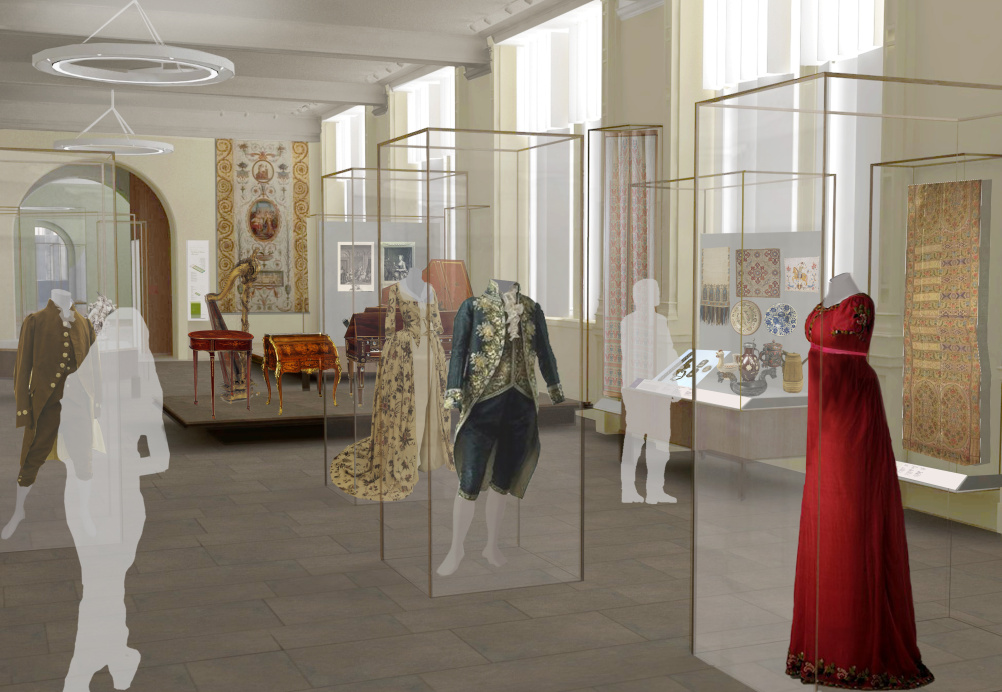
Source: ZMMA
Rendering of the space
ZMMA is working on both architecture and exhibition design for the £12.5 million project, which forms part of the V&A’s Futureplan series of developments that started in 2000.
The Europe 1600 – 1800 Galleries are being part funded by a £4.75 million lead Heritage Lottery Fund grant, with other funding from ‘many other trusts, foundations and individuals’, says the V&A. They are due to open in December this year.

Source: Victoria and Albert Museum, London
The Triumph of the Archduchess Isabella in the Brussels Ommeganck (detail), Denys van Alsloot, 1616, Brussels
The galleries span more than 1800m2, comprising seven galleries and associated spaces in the Aston Webb frontage of the V&A along Cromwell Road and Exhibition Road. Around 1,100 objects will be on display.
ZMMA’s work will see them strip out the partitions created in the 1970s remodelling of the area, as well as adding an additional gallery to open up more than 500m2 of previously lost space for displays.
In line with the V&A’s overarching Futureplan objectives, the Grade I-listed building is being resorted, with the Aston Webb spaces ‘returned to their original form’, says ZMMA.
The architects add that its design will ‘create long vistas through the enfilade of spaces from gallery to gallery, display to display. Views are punctuated by key objects which weave a primary, seductive narrative’.
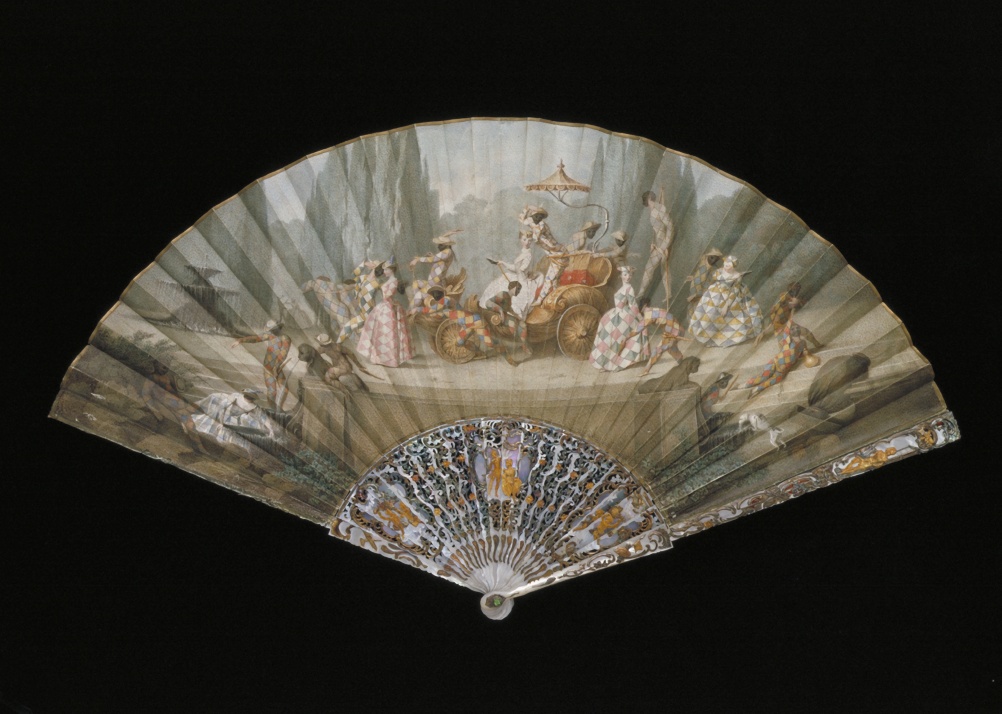
Source: Victoria and Albert Museum, London
Fan with the Triumph of Harlequin, Maria Felicita Subleyras, ca. 1750, Italy
Previously obscured windows in the space will be uncovered to give natural light, and environmental controls will be upgraded to give ‘sustainable and stable conditions for the collection’, says the V&A.
The displays, which include fashion, textiles, ceramics, paintings, metalwork and furniture, will be displayed chronologically in four large galleries (Europe and the World, 1600 – 1720, The Rise of France 1660 – 1720, City and Commerce 1720 – 1780 and Luxury, Liberty and Power 1760 – 1815), alternated with three smaller galleries that focus on specific aspects of the collection.
Three additional period rooms are designed to be immersive, interactive spaces that give visitors a sense of interiors from the 17th and 18th Centuries in Europe.
ZMMA says that ‘each gallery will have an individual atmosphere’ that resonates with the period and style of the collection it houses.
It adds, ‘Shifts of colour, lighting and arrangement of displays from one room to the next reinforce the experience of the transitions of architectural and decorative styles through the Baroque, Rococo and Neoclassical periods’.
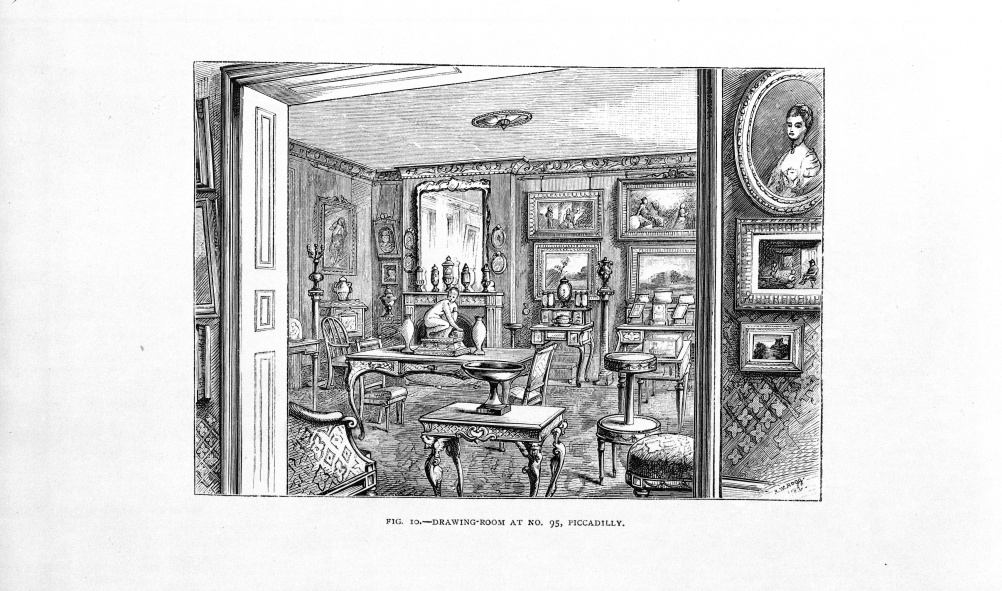
Source: Victoria and Albert Museum, London
Fig.10 From The Handbook of The Jones Collection in The South Kensington Museum; Drawing Room at 95 Piccadilly, R.Clay and Sons, 1883. English
Among the objects to be displayed is a huge 18th Century table fountain, which will be shown for the first time in 150 years following a conservation project that involved advanced 3D modelling and printing techniques.
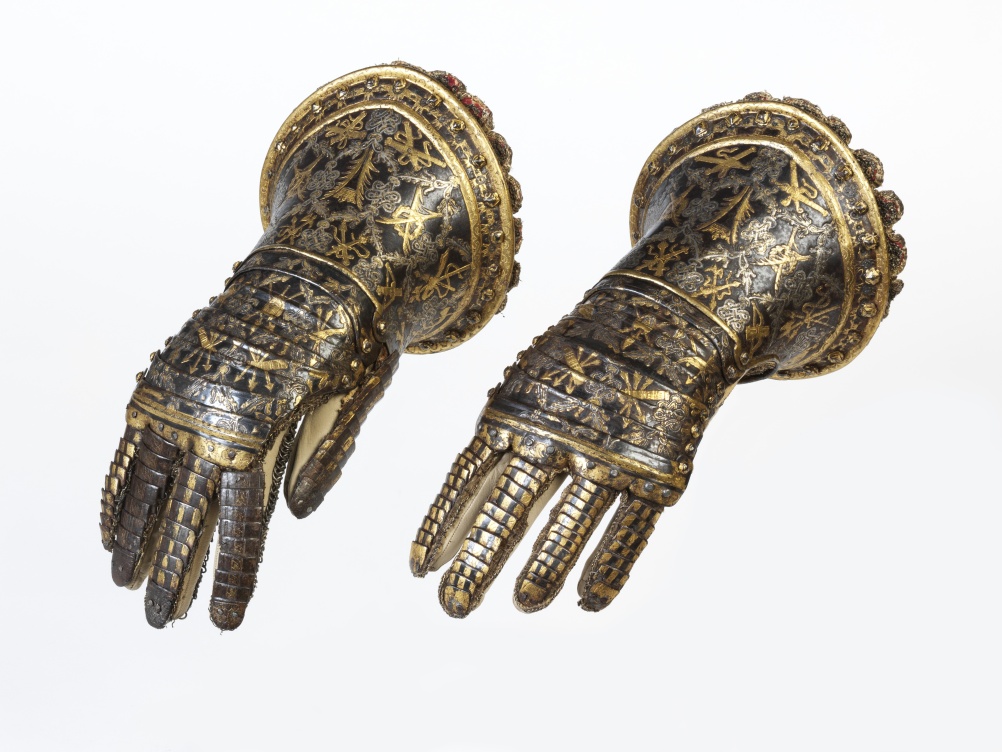
Source: Victoria and Albert Museum, London
Steel gauntlets, ca. 1614, Spain
Martin Roth, V&A director, says, ‘These new galleries are a major development in our ambitious programme to renew the architecture of the V&A for the 21st Century and, at the same time, re-examine and re-present our collection for visitors.
‘At a time when roles and relationships within Europe and the world are under scrutiny, it is interesting to explore the objects, makers and patrons of a period that was so influential upon the habits and lifestyle of Europe today’.
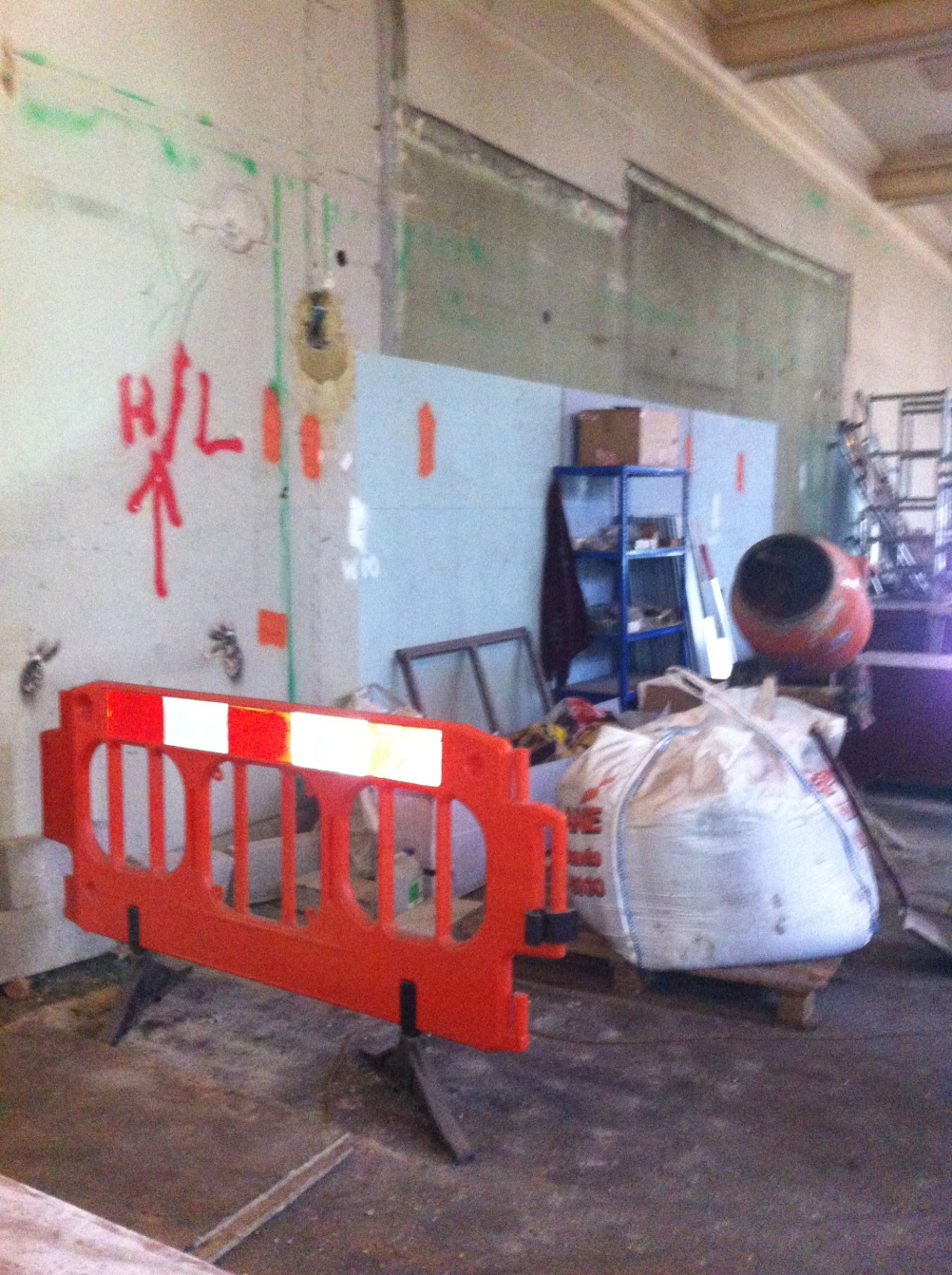
-
Post a comment




